Bienvenue dans le futur de la décoration intérieure ! En 2025, les espaces modernes sont révolutionnés par l'arrivée des carrelages intelligents. Imaginez des carrelages non seulement esthétiques, mais aussi fonctionnels et à la pointe de la technologie ! Dans un monde où innovation rime avec élégance, le débat fait rage : carrelages intelligents ou carrelages traditionnels – lesquels subliment véritablement la vie contemporaine ? Découvrez avec moi les avantages, les tendances design et les principales différences qui distinguent les carrelages intelligents du design moderne.
Présentation des Smart Tiles
Définition et fonctionnalité
Les dalles connectées sont une solution de revêtement de sol et de mur de pointe qui intègre parfaitement la technologie à son design. Contrairement aux dalles traditionnelles, les dalles connectées sont équipées de fonctionnalités telles que des capteurs intégrés, un éclairage LED et des options de connectivité qui leur permettent d'interagir avec d'autres appareils connectés de votre maison.
- Capteurs intégrés : Détecte les mouvements, la température et l'humidité.
- Intégration LED : Offrez un éclairage ambiant et des options de changement de couleur.
- Connectivité : Synchronisez avec les systèmes de maison intelligente pour un contrôle automatisé.
Les tuiles intelligentes apportent une nouvelle dimension aux espaces modernes, permettant aux propriétaires de personnaliser facilement leur environnement. Par exemple, vous pouvez ajuster l'éclairage de vos tuiles selon votre humeur ou automatiser les réglages de température en fonction du moment de la journée.
Intégration avec la technologie intelligente
L'une des caractéristiques les plus remarquables des tuiles connectées est leur capacité à s'intégrer aux technologies domotiques existantes. Que vous utilisiez des assistants vocaux comme Alexa ou Google Home, ou que vous disposiez d'une plateforme centralisée pour la maison connectée, les tuiles connectées se contrôlent facilement.
- Contrôle vocal : Ajustez les paramètres des tuiles à l’aide de commandes vocales simples.
- Connectivité de l'application : Gérez et personnalisez les fonctionnalités des tuiles via des applications dédiées pour smartphone.
- Automation: Définissez des horaires pour l’éclairage, le chauffage et d’autres fonctions en fonction de votre routine quotidienne.
Cette intégration transparente garantit que les tuiles intelligentes améliorent non seulement l'esthétique de votre maison, mais contribuent également à un environnement de vie plus efficace et plus confortable.
Avantages pour les espaces modernes
Les carreaux intelligents offrent de nombreux avantages qui répondent aux besoins des propriétaires contemporains. Qu'ils améliorent l'esthétique ou offrent des fonctionnalités pratiques, ces carreaux s'intègrent parfaitement à tout espace.
- Polyvalence esthétique : Large gamme de couleurs, de motifs et de finitions pour s'adapter à n'importe quel design d'intérieur.
- Efficacité énergétique : L’éclairage intégré peut réduire le besoin de luminaires supplémentaires.
- Facilité d'entretien : Les surfaces autonettoyantes et les matériaux durables simplifient l’entretien.
- Avantages pour la santé : Les capteurs peuvent surveiller la qualité de l’air et ajuster les systèmes de ventilation en conséquence.
En intégrant des carreaux intelligents dans votre maison, vous investissez non seulement dans une solution de revêtement de sol élégante, mais vous profitez également de la commodité et de l'efficacité offertes par la technologie moderne.
Aperçu des carreaux traditionnels
Histoire et utilisations populaires
Le carrelage traditionnel a une longue histoire en décoration intérieure, remontant à plusieurs siècles. Initialement utilisé à des fins pratiques et décoratives, le carrelage a évolué en termes de style et d'usage au fil du temps, mais reste aujourd'hui un élément incontournable de nombreux intérieurs.
- Importance historique : Utilisés dans les civilisations anciennes pour leur durabilité et leur beauté.
- Applications courantes : Les salles de bains, les cuisines et les entrées sont des zones populaires pour l'installation de carreaux traditionnels.
- Modèles polyvalents : Des motifs ornés aux looks simples et classiques, les carreaux traditionnels répondent à diverses préférences esthétiques.
Les carreaux traditionnels sont appréciés pour leur attrait intemporel et leur capacité à compléter une large gamme de styles d'intérieur, du rustique au minimaliste moderne.
Modèles classiques
Les carreaux traditionnels se déclinent dans une multitude de motifs qui ont traversé les époques. Leurs motifs et couleurs classiques en font un choix fiable pour ceux qui souhaitent créer une atmosphère chaleureuse et accueillante chez eux.
- Carreaux de métro : Des lignes épurées et des motifs simples qui offrent un look élégant et moderne.
- Carreaux de mosaïque : Motifs complexes et couleurs vibrantes, idéaux pour les murs d'accent ou les éléments décoratifs.
- Tuiles en terre cuite : Des tons terreux et des textures rustiques qui ajoutent de la chaleur et du caractère à n'importe quel espace.
Ces designs classiques garantissent que les carreaux traditionnels restent un choix populaire pour les propriétaires recherchant à la fois beauté et fonctionnalité.
Limitations dans les intérieurs modernes
Bien que les carreaux traditionnels offrent de nombreux avantages, ils présentent certaines limites, en particulier dans le contexte des intérieurs modernes et axés sur la technologie.
- Manque d’intégration technologique : Les tuiles traditionnelles n’offrent pas de fonctionnalités intelligentes ni d’options de connectivité.
- Esthétique fixe : Possibilité limitée de changer les couleurs ou les motifs une fois installés.
- Complexité de l'installation : Nécessite une installation professionnelle avec du mortier et du coulis, ce qui peut prendre du temps et coûter cher.
- Exigences d'entretien : Les joints de coulis peuvent contenir de la saleté et nécessitent un nettoyage régulier pour conserver leur apparence.
Ces limitations soulignent l’attrait croissant des tuiles intelligentes, qui répondent à de nombreuses lacunes associées aux installations de tuiles traditionnelles.
Tuiles intelligentes vs. tuiles traditionnelles
Différences de coûts
Lorsqu'on compare les tuiles intelligentes aux tuiles traditionnelles, le coût est un facteur important à prendre en compte. Les tuiles intelligentes présentent généralement un coût initial plus élevé en raison de leurs fonctionnalités avancées et de leur intégration technologique.
- Investissement initial : Les carreaux intelligents peuvent être plus chers au pied carré que les carreaux traditionnels.
- Épargne à long terme : Des fonctionnalités écoénergétiques et des coûts de maintenance réduits peuvent compenser la dépense initiale au fil du temps.
- Frais d'installation : Les tuiles intelligentes peuvent nécessiter une installation spécialisée, ce qui augmente le coût global.
Malgré l’investissement initial plus élevé, de nombreux propriétaires estiment que les avantages et les économies à long terme font des tuiles intelligentes un investissement rentable.
Processus d'installation
Le processus d’installation des tuiles intelligentes diffère de celui des tuiles traditionnelles, principalement en raison des composants technologiques impliqués.
- Tuiles traditionnelles : Ils nécessitent généralement du mortier et du coulis, une installation professionnelle et peuvent prendre du temps à installer.
- Tuiles intelligentes : Ils présentent souvent des conceptions autocollantes pour des installations plus faciles à réaliser soi-même, mais peuvent néanmoins nécessiter une configuration professionnelle pour une fonctionnalité complète.
- Personnalisation : Les tuiles intelligentes offrent plus de flexibilité dans les modèles et configurations d'installation grâce à leur conception modulaire.
Les tuiles intelligentes offrent un processus d'installation plus polyvalent et potentiellement plus simple, ce qui en fait une option attrayante pour les propriétaires modernes.
Comparaisons de durabilité
La durabilité est un critère essentiel à prendre en compte lors du choix entre carrelage intelligent et carrelage traditionnel. Les deux types offrent des options robustes, mais il existe quelques différences à noter.
- Tuiles traditionnelles : Connus pour leur durabilité à long terme, les carreaux traditionnels peuvent résister à un trafic piétonnier intense et sont résistants aux rayures et aux taches.
- Tuiles intelligentes : Bien que durables, les tuiles intelligentes intègrent une technologie qui peut nécessiter un entretien supplémentaire pour maintenir leurs composants fonctionnels.
- Entretien: Les carreaux traditionnels peuvent nécessiter un nettoyage plus intensif en raison des joints de coulis, tandis que les carreaux intelligents offrent des surfaces autonettoyantes qui simplifient l'entretien.
Les tuiles intelligentes et traditionnelles offrent des solutions durables, mais les tuiles intelligentes offrent des fonctionnalités supplémentaires qui améliorent leur valeur au-delà de la simple durabilité.
Tendances en matière de conception de tuiles intelligentes
Matériaux et finitions populaires
À l’approche de 2025, les tuiles intelligentes adoptent une variété de matériaux et de finitions qui répondent à diverses préférences de conception.
- Carreaux de verre : Offrez un look élégant et moderne avec des surfaces réfléchissantes qui améliorent l'éclairage.
- Céramique et Porcelaine : Combinez durabilité et fonctionnalités technologiques avancées.
- Finitions métalliques : Ajoutez une touche de luxe et de sophistication à n'importe quelle pièce.
- Aspects de la pierre naturelle : Imite l’apparence du marbre, du granit et d’autres pierres naturelles avec une fonctionnalité améliorée.
Ces matériaux offrent une large gamme d’options aux propriétaires pour personnaliser leurs espaces tout en bénéficiant de la dernière technologie de carrelage.
Tendances couleurs pour 2025
Les tendances de couleurs en 2025 mettent l'accent sur un mélange de déclarations audacieuses et d'élégance subtile, permettant aux carreaux intelligents de jouer un rôle central dans la décoration intérieure.
- Tons de terre : Les couleurs chaudes comme la terre cuite, le vert olive et le beige sable créent une atmosphère chaleureuse.
- Accents gras : Des teintes vibrantes telles que le bleu saphir, le vert émeraude et le rouge cramoisi constituent des points focaux saisissants.
- Schémas monochromes : Utiliser différentes nuances d'une même couleur pour un look sophistiqué et cohérent.
- Palettes de pastels : Des couleurs douces qui ajoutent une ambiance apaisante et tranquille aux espaces.
Ces tendances de couleurs garantissent que les carreaux intelligents peuvent s'adapter aux préférences de conception changeantes, gardant les intérieurs frais et contemporains.
Innovations technologiques dans la conception
La technologie continue de stimuler l’innovation dans la conception des tuiles, rendant les tuiles intelligentes plus dynamiques et conviviales.
- Éclairage adaptatif : Tuiles qui ajustent la luminosité et la couleur en fonction des conditions de lumière ambiante ou des préférences de l'utilisateur.
- Chauffage intégré : Les tuiles intelligentes avec éléments chauffants intégrés offrent chaleur et confort pendant les mois les plus froids.
- Affichages interactifs : Des carreaux capables d'afficher des informations ou des œuvres d'art, transformant les murs et les sols en surfaces interactives.
- Contrôle vocal et gestuel : Options de contrôle améliorées qui permettent aux tuiles de répondre aux commandes vocales ou aux mouvements dans la pièce.
Ces innovations technologiques améliorent non seulement la fonctionnalité des carreaux, mais ouvrent également de nouvelles possibilités pour des conceptions intérieures créatives et interactives.
Le respect de l'environnement dans les carreaux
Durabilité des tuiles intelligentes
La durabilité est une préoccupation croissante dans l’industrie du carrelage, et les carreaux intelligents sont à l’avant-garde des innovations respectueuses de l’environnement.
- Matériaux recyclés : De nombreuses tuiles intelligentes sont fabriquées à partir de verre recyclé, de porcelaine et d’autres ressources durables.
- Efficacité énergétique : Des fonctionnalités telles que l’éclairage LED et le chauffage intégré réduisent la consommation globale d’énergie.
- Longévité: Les tuiles intelligentes durables ont une durée de vie plus longue, réduisant ainsi le besoin de remplacements fréquents.
En choisissant des tuiles intelligentes, les propriétaires contribuent à un avenir plus durable tout en profitant de fonctionnalités avancées et de designs élégants.
Réduire l'empreinte carbone
Les tuiles intelligentes aident à réduire l’empreinte carbone d’un ménage de plusieurs manières.
- Conservation de l'énergie : Les systèmes d’éclairage et de chauffage intelligents optimisent la consommation d’énergie, ce qui entraîne une réduction des émissions.
- Déchets minimaux : Les carreaux intelligents à peler et à coller produisent moins de déchets lors de l'installation par rapport aux carreaux de maçonnerie traditionnels.
- Fabrication durable : Les fabricants adoptent de plus en plus des pratiques respectueuses de l’environnement dans la production de tuiles intelligentes.
Ces mesures font des tuiles intelligentes un choix responsable pour les propriétaires soucieux de l’environnement.
Considérations relatives à l'impact environnemental
Lors de la sélection des carreaux, il est essentiel de prendre en compte leur impact environnemental global.
- Processus de production : Les tuiles intelligentes utilisent souvent des méthodes de production plus écologiques, réduisant les émissions nocives et les déchets.
- Analyse du cycle de vie : L’ensemble du cycle de vie des tuiles intelligentes, de la fabrication à l’élimination, est conçu pour minimiser les dommages environnementaux.
- Recyclabilité : De nombreuses tuiles intelligentes peuvent être recyclées en fin de vie, réduisant ainsi encore leur empreinte environnementale.
En optant pour les tuiles intelligentes, vous soutenez des pratiques durables et contribuez à la préservation de notre planète.
Améliorer les espaces avec des tuiles intelligentes
Pièces idéales pour l'installation de carrelage intelligent
Les tuiles intelligentes sont polyvalentes et peuvent être installées dans différentes pièces pour améliorer à la fois la fonctionnalité et l'esthétique.
- Cuisines : Utilisez des carreaux de dosseret intelligents pour un éclairage dynamique et un entretien facile.
- Salles de bains : Installez des tuiles intelligentes avec capteurs de chauffage et d'humidité intégrés pour un environnement confortable et sûr.
- Salons : Utilisez des carreaux de sol intelligents avec un éclairage ambiant pour créer une atmosphère accueillante.
- Chambres: Intégrez des tuiles intelligentes qui peuvent ajuster l’éclairage et la température pour une relaxation optimale.
Chaque pièce bénéficie de manière unique des fonctionnalités avancées des tuiles intelligentes, ce qui en fait un ajout précieux à tout espace.
Comment les tuiles intelligentes peuvent transformer les espaces
Les tuiles intelligentes ont le pouvoir de transformer des espaces ordinaires en environnements extraordinaires grâce à leurs fonctionnalités innovantes.
- Affichages interactifs : Transformez les murs en toiles numériques pouvant afficher des œuvres d’art, des informations ou des conceptions personnalisées.
- Éclairage ambiant : Créez des schémas d’éclairage améliorant l’ambiance qui peuvent changer en fonction de l’heure de la journée ou des préférences de l’utilisateur.
- Contrôle de la température : Maintenez un environnement confortable grâce aux fonctions de chauffage et de refroidissement intégrées.
- Améliorations de la sécurité : Utilisez des capteurs pour surveiller les conditions environnementales et alerter les propriétaires des problèmes potentiels.
Ces transformations améliorent non seulement l’attrait visuel d’une pièce, mais améliorent également sa fonctionnalité et son confort.
Témoignages et expériences des utilisateurs
De nombreux propriétaires ont adopté les tuiles intelligentes, partageant des expériences positives et des transformations inspirantes.
- Rénovation de la cuisine d'Anna : L'installation d'une crédence intelligente a complètement changé le style de ma cuisine. L'éclairage réglable met non seulement en valeur mon espace de cuisson, mais ajoute aussi une touche de modernité que j'adore.
- La salle de bain confortable de Mike : « Les carrelages intelligents chauffants de ma salle de bain ont rendu mes matins bien plus agréables. Fini les sols froids en hiver ! »
- Amélioration du salon de Sophia : « L'éclairage d'ambiance de mes sols intelligents crée une atmosphère relaxante le soir. C'est comme un sanctuaire personnel. »
Ces témoignages mettent en évidence les avantages pratiques et les améliorations esthétiques que les tuiles intelligentes apportent aux maisons modernes.
Questions fréquemment posées
Quels sont les principaux avantages de choisir des tuiles intelligentes plutôt que des tuiles traditionnelles ?
Les tuiles intelligentes offrent des fonctionnalités avancées telles que l'éclairage intégré, le contrôle de la température et la connectivité avec les systèmes domotiques. Elles améliorent l'esthétique tout en offrant des avantages pratiques comme l'efficacité énergétique et la facilité d'entretien.
À quel point est-il difficile d’installer des tuiles intelligentes par rapport aux tuiles traditionnelles ?
De nombreuses tuiles intelligentes sont dotées de systèmes adhésifs qui facilitent l'installation et conviennent aux projets DIY. Cependant, des fonctionnalités plus complexes peuvent nécessiter une installation professionnelle pour garantir une fonctionnalité optimale.
Les tuiles intelligentes sont-elles plus chères que les tuiles traditionnelles ?
Les tuiles intelligentes présentent généralement un coût initial plus élevé en raison de leurs fonctionnalités avancées. Cependant, elles peuvent offrir des économies à long terme grâce à leur efficacité énergétique et à la réduction des coûts de maintenance.
Les tuiles intelligentes peuvent-elles être utilisées dans n’importe quelle pièce de la maison ?
Oui, les tuiles intelligentes sont polyvalentes et peuvent être installées dans différentes pièces, notamment les cuisines, les salles de bains, les salons et les chambres, améliorant à la fois la fonctionnalité et le design.
Conclusion
À l'aube de 2025, le choix entre carrelage intelligent et carrelage traditionnel devient de plus en plus crucial pour les propriétaires souhaitant allier style et fonctionnalité. Le carrelage intelligent offre une multitude d'avantages, allant de l'intégration technologique et des caractéristiques écologiques à des options de design polyvalentes adaptées à la vie moderne. Le carrelage traditionnel, bien qu'intemporel et durable, ne propose pas les fonctionnalités avancées qu'apportent les carrelages intelligents.
En adoptant des carrelages intelligents, vous améliorez non seulement l'esthétique de votre maison, mais vous investissez également dans un cadre de vie durable et performant. Que vous rénoviez votre cuisine, modernisiez votre salle de bain ou transformiez votre espace de vie, les carrelages intelligents offrent des solutions innovantes qui s'inscrivent dans l'avenir de la décoration intérieure.
Explorez notre Carrelage intelligent pour espaces modernes pour découvrir comment intégrer cette technologie à votre maison. N'oubliez pas de consulter notre Carreaux à carreaux Timberline Peel Stick et Tuiles Crimson Horizon pour votre prochain projet de rénovation domiciliaire.
Adoptez l'avenir du design avec des tuiles intelligentes et transformez votre maison en un sanctuaire élégant et à la pointe de la technologie !
N'hésitez pas à laisser vos commentaires ci-dessous ou à partager cet article avec vos amis qui envisagent de rénover leur maison. Continuons la conversation sur la façon dont les tuiles intelligentes façonnent l'avenir de la décoration intérieure !


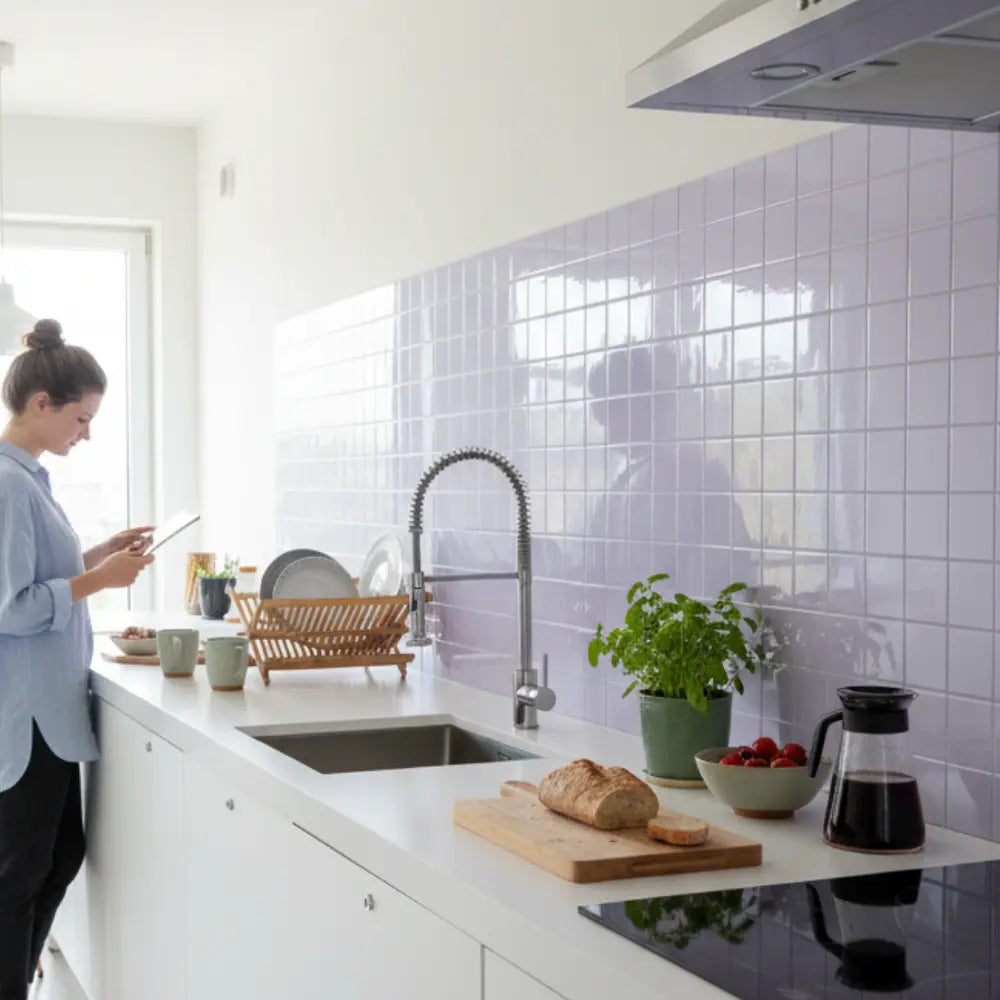
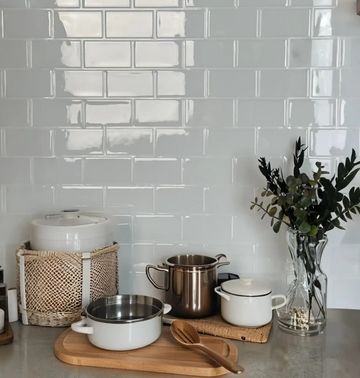
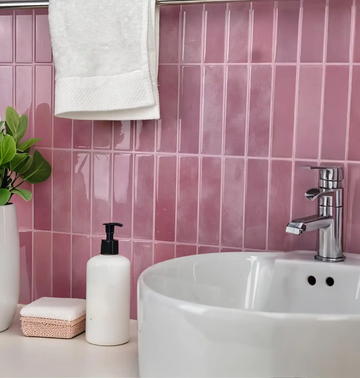
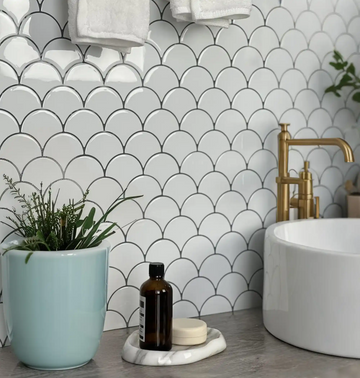
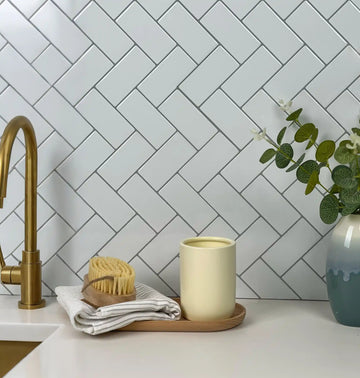
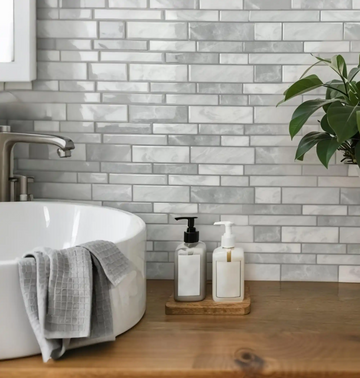
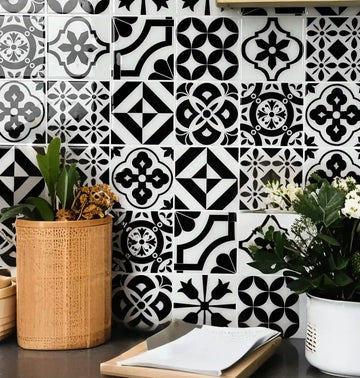
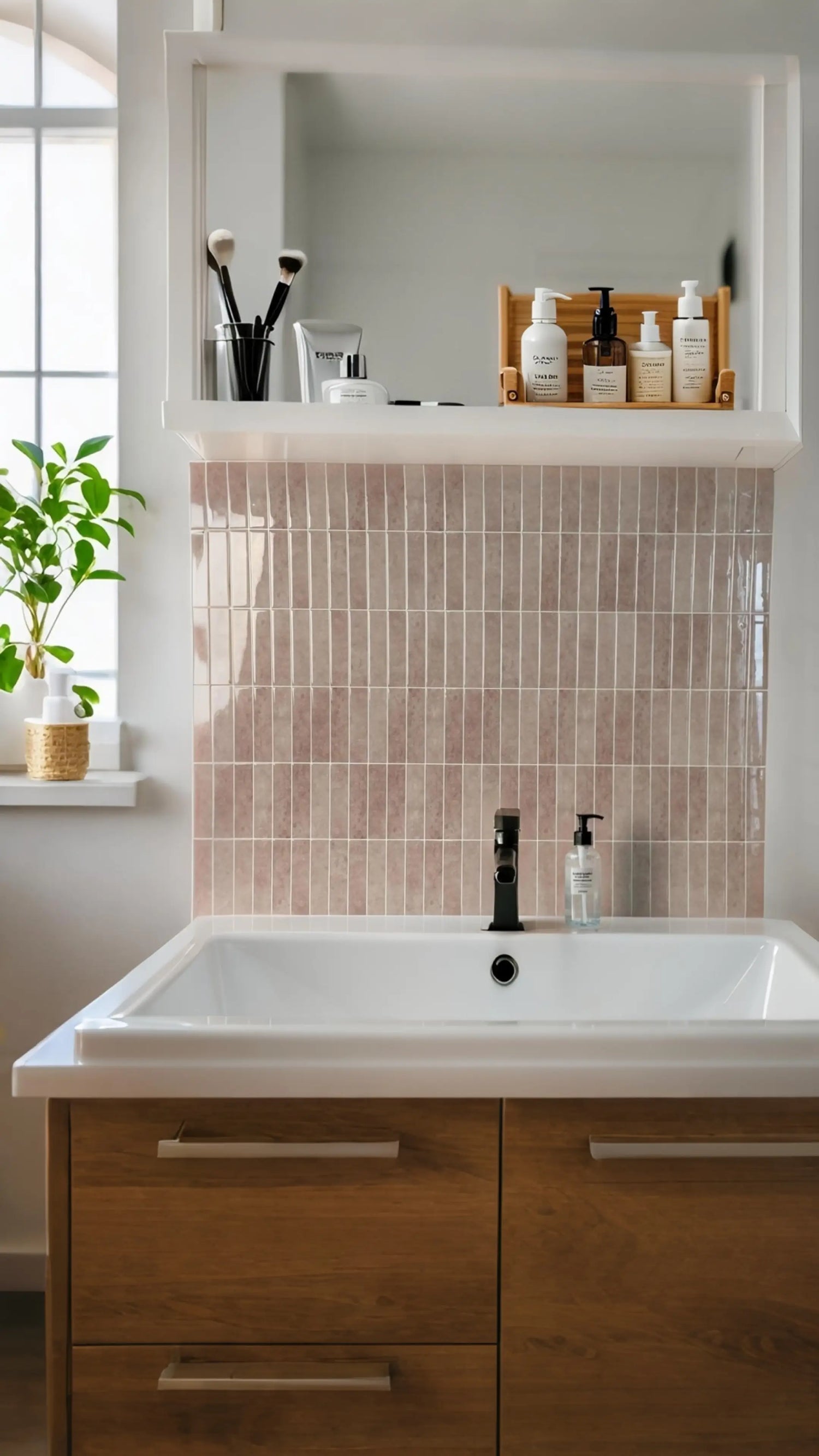
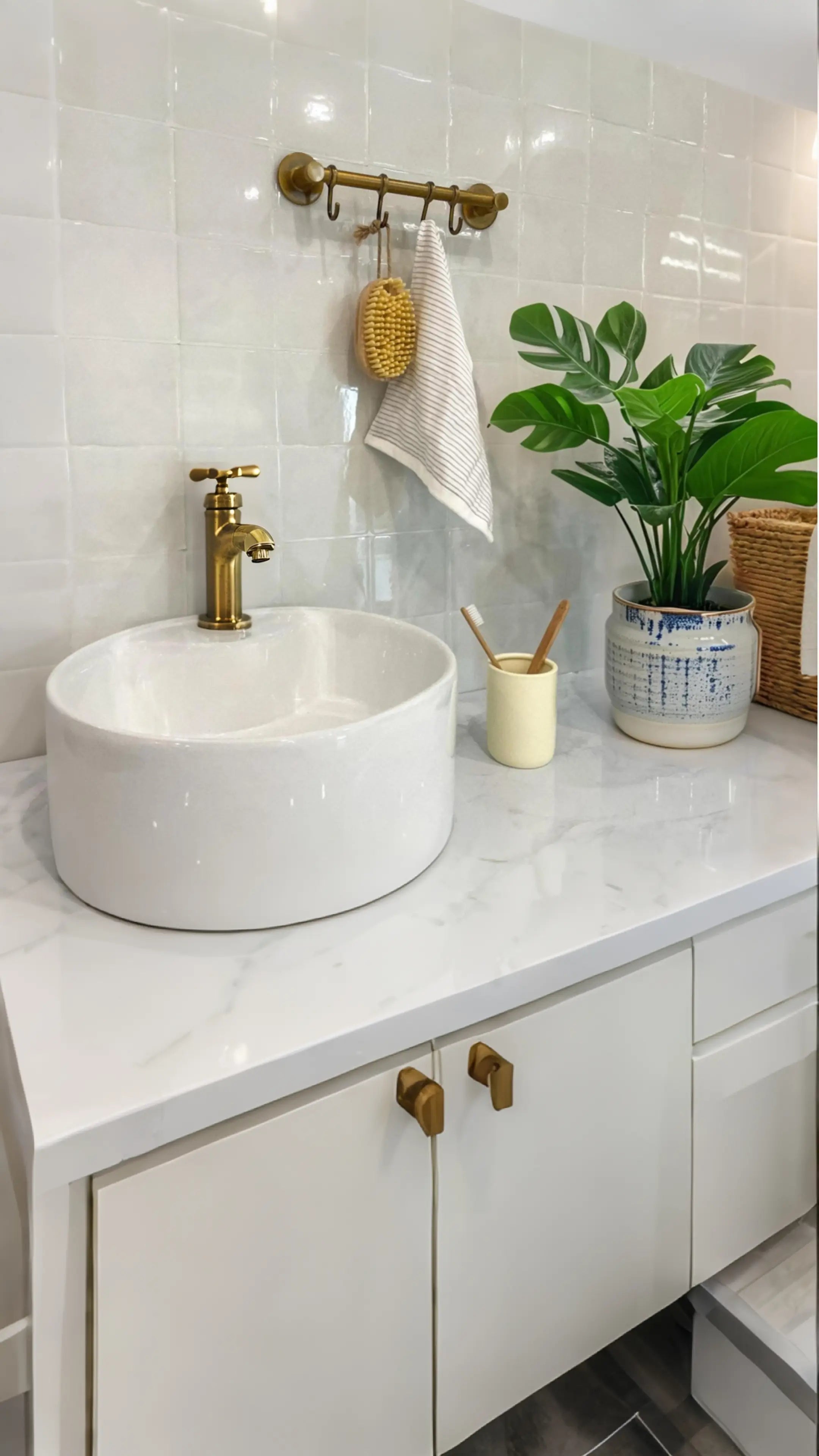
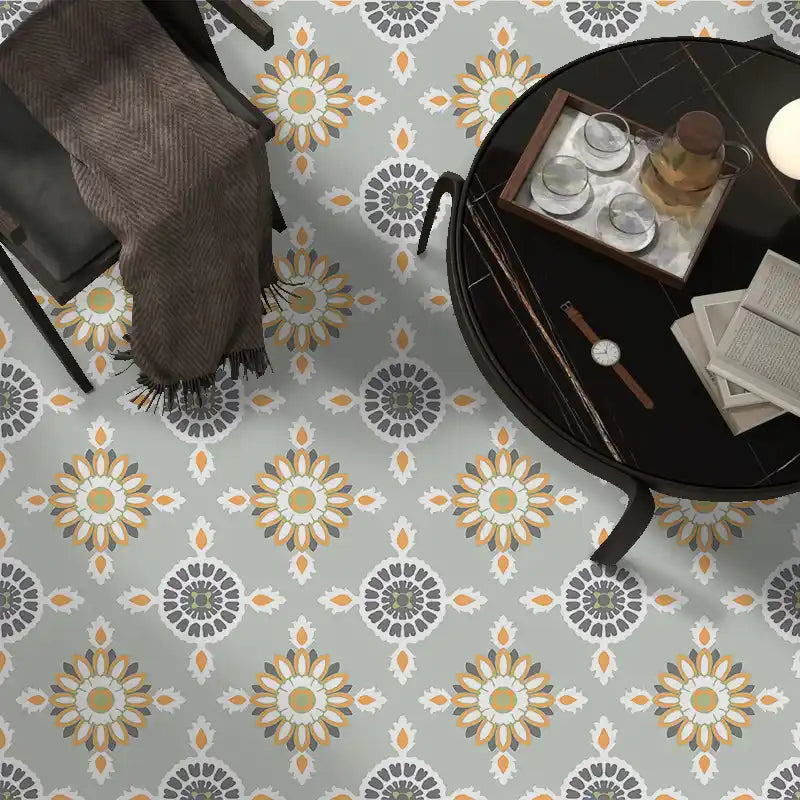
Laisser un commentaire
Ce site est protégé par hCaptcha, et la Politique de confidentialité et les Conditions de service de hCaptcha s’appliquent.